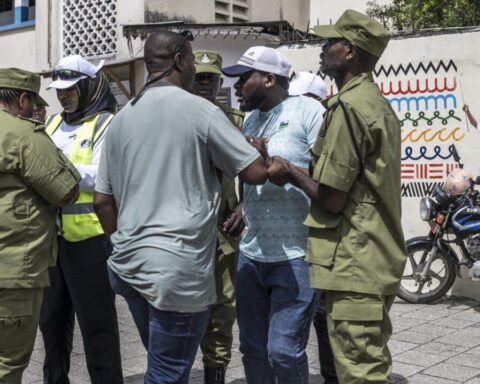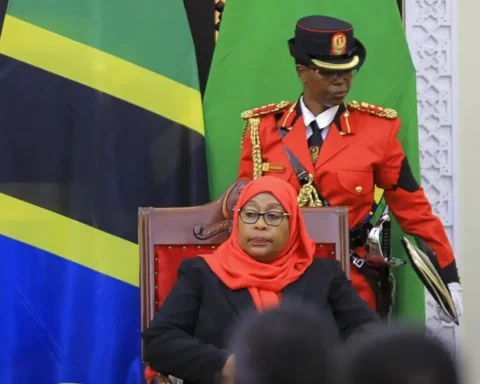In a clear demonstration of its evolving military might, Russia has rolled out a series of powerful weapons that have captured the attention of the global defense community.
These systems—ranging from hypersonic missiles to drone-hunting lasers—are not just feats of engineering, but reflections of Moscow’s shifting battlefield strategies amid ongoing regional tensions.
One of the most talked-about additions is the Oreshnik hypersonic missile, which made its debut in late 2024 during a targeted strike in Ukraine. Flying at up to ten times the speed of sound and capable of carrying nuclear or conventional warheads, the Oreshnik is designed to evade missile defense systems and hit multiple targets in a single launch. Its arrival signals Russia’s entry into a new era of high-speed, precision warfare.
On the ground, Russia continues to innovate with practical yet intimidating machines like the UR-77 ‘Meteorit’, affectionately nicknamed the “minefield eraser.” Originally built to clear safe paths through dangerous minefields, the Meteorit has recently been deployed in urban settings to dismantle enemy fortifications. Its thunderous power has become a staple of frontline operations, especially in trench-heavy regions.
Then there are the “Turtle Tanks”—an unusual name for an unusual design. Covered in protective cages and welded metal plates that resemble a turtle’s shell, these tanks are built specifically to withstand drone strikes, which have become a common threat in modern combat. The extra armor helps safeguard troops inside while keeping enemy drones at bay.
In urban battle zones, Russia has leaned on its BMPT ‘Terminator’ vehicles. These armored beasts are equipped with dual 30mm cannons and state-of-the-art targeting systems. Originally designed to support tank columns, Terminators have proven invaluable in close-quarter urban warfare, where speed, firepower, and agility can mean the difference between life and death.
Also Read; U.S. Announces Major Tariffs,
Excludes Russia from List
For long-range assaults, Russia relies on systems like the TOS-1A ‘Solntsepyok’—a terrifying thermobaric weapon that uses intense heat and pressure to wipe out fortified enemy positions. Meanwhile, the 9K57 Uragan rocket launcher delivers fast, overwhelming barrages to distant targets, often within moments of a confirmed coordinate.
Aerially, Russia’s innovation continues with Lancet kamikaze drones, used to target high-value military equipment, including tanks and mobile command posts. These small but deadly drones have caused significant losses to opposing forces in recent months, proving that size doesn’t always matter.
Then there’s the Kinzhal missile, another hypersonic entry in Russia’s growing long-range strike arsenal. Already deployed in conflict zones, the Kinzhal is known for its blistering speed and pinpoint accuracy, making it extremely difficult to intercept.
These weapons, combined with experimental tech like drone-zapping laser rifles, show how much Russia is investing in futuristic, asymmetric warfare. And while many of these technologies are still under close scrutiny by global watchdogs, one thing is clear: Russia is not just preparing for battle—it’s rewriting the rules of modern war.







